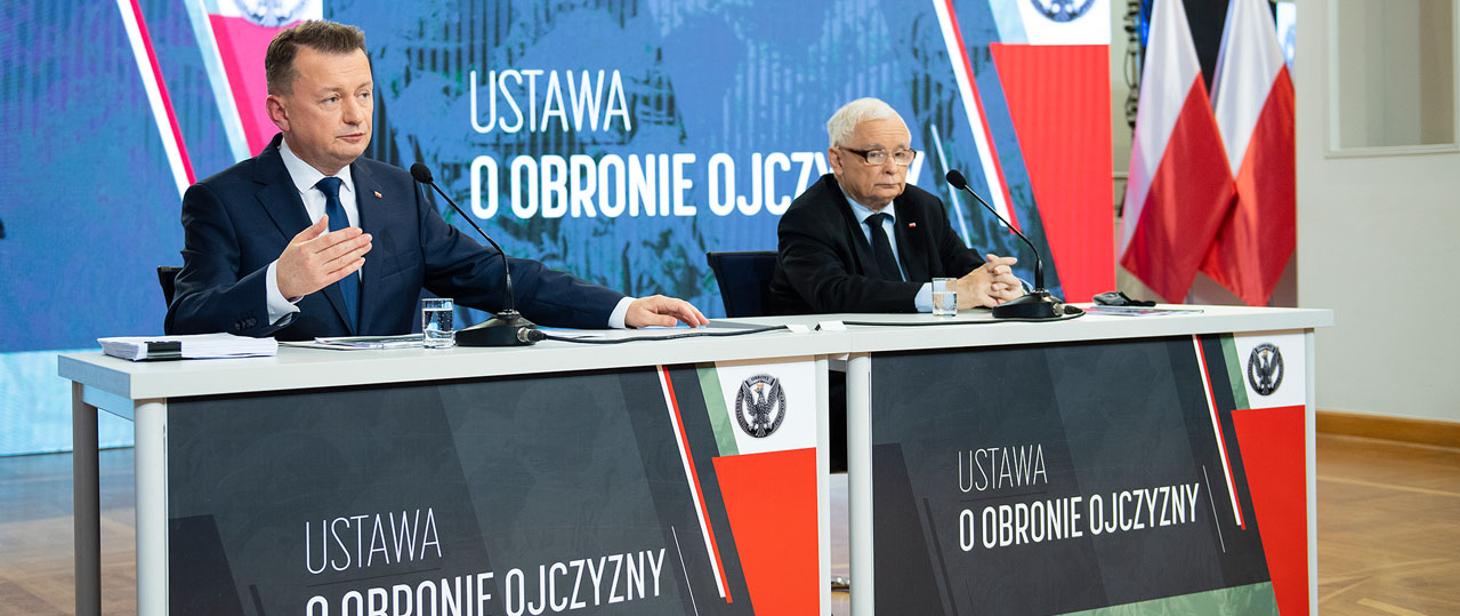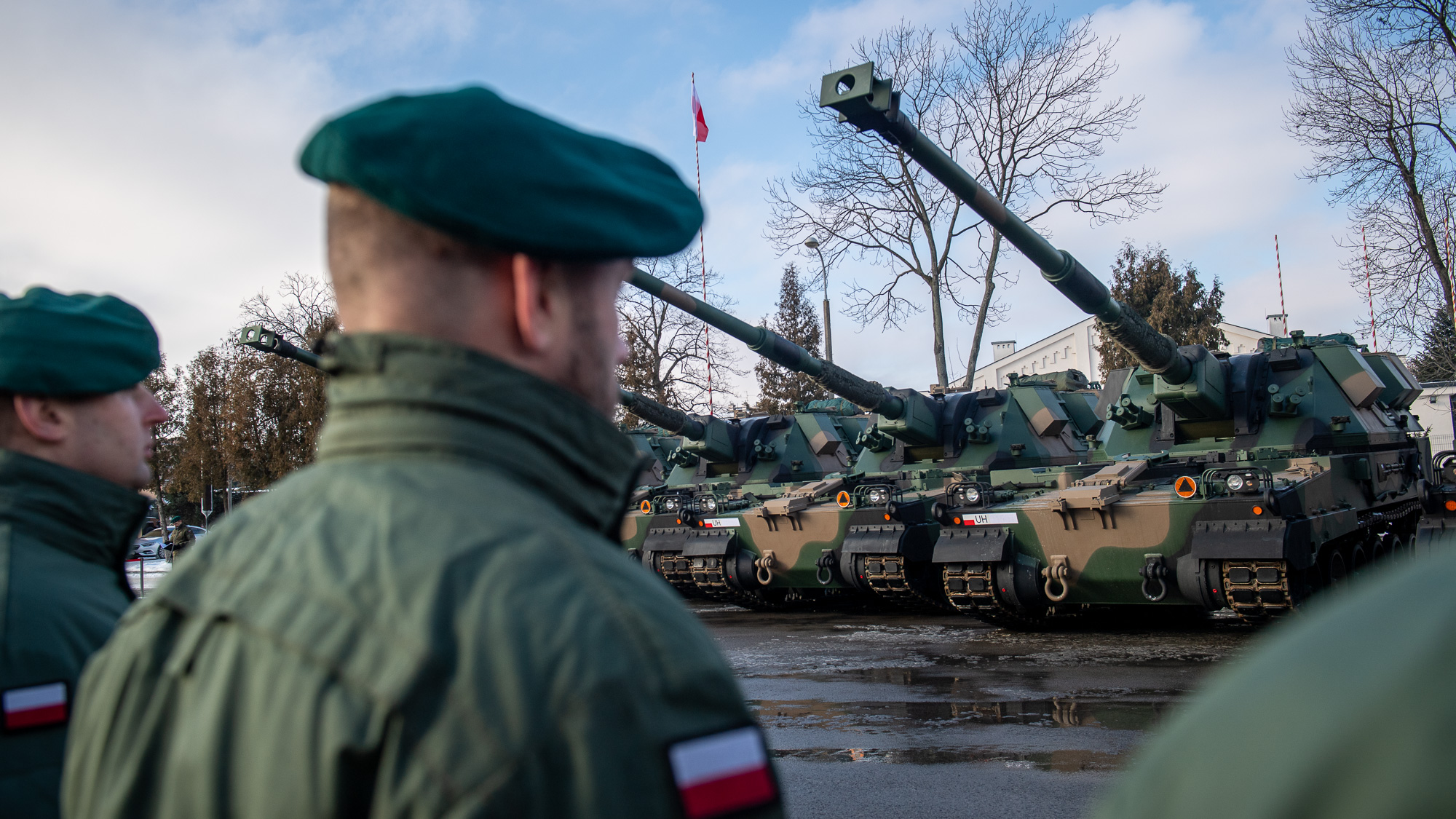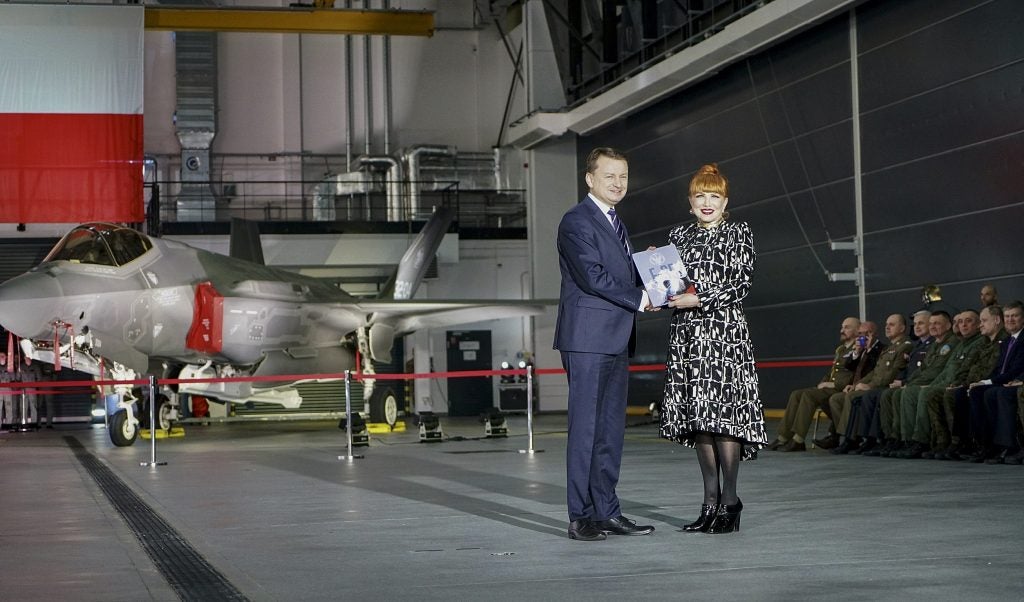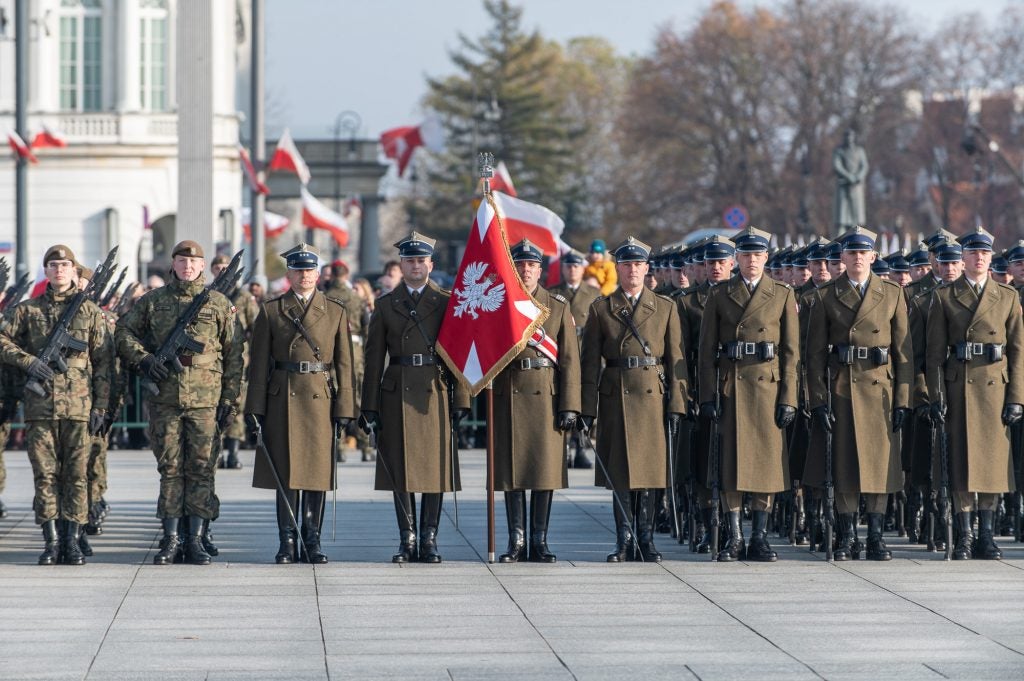Quick and Bold: Poland’s Plan To Modernize its Army
Poland’s defense officials have laid out their plans for the future of Poland’s armed forces. The ideas, which first appeared at the end of last summer, suggest a significant expansion. The war in Ukraine has added fresh urgency to Poland’s modernization efforts. The Polish Ministry of Defense wants to radically increase the army’s size, from an estimated 110,000 enlisted men and officers, with the addition of 30,000 WOT territorial force soldiers, to 250,000 enlisted and officers and a 50,000 strong territorial force. Minister of National Defense Mariusz Blaszczak wants to achieve it by changes in the training procedures and legal organization of the reserve along with wage increase to encourage young people to join the army.
The new “Act on the Defense of the State”

Polish authorities emphasize that the current Act of Obligatory Defense is a communist piece of legal writing and it has to be changed as quickly as possible. This is due to a rather nationalistic and anti-communist view of the ruling party that tries to seek issues in the solutions undertaken in the past, rather than create answers to the current problems. Both Jaroslaw Kaczynski and Mariusz Blaszczak stated that a new legislature should be introduced and normalize the legal situation of the Polish Armed Forces. The draft of the new legislation found its way to the parliament in early November, and its introduction is planned for July 2022. It is rather likely that the Senate controlled by the opposition will vote against the new legislation.
The Act on the Defense of the State is going to introduce changes within the branches of the Armed Forces. Let us take a brief look at the proposed changes.
Division of the Branches
The act proposes a division of the Polish Armed Forces into four different categories. They are specifically focused on the type of service based on enlistment. This is going to create new possibilities for the formation of a reservist corps, employment of more full-time service members, and allow volunteers to undertake basic military training.
- Full-time employed soldiers and NCOs – this is the professional military personnel that is going to serve up to 15 years of enlistment and will then supposedly be eligible for a military pension. This will form the army’s core.
- Mandatory service – this is the new element of the armed forces. The mandatory service members are going to go through the basic training and then be called for reserve drills. This component is also going to get trained on specialistic equipment in a form of weekend schools. The mandatory service branches out into two segments, namely:
- voluntary service – for those who want to become a reservist or join the military, later on, they will be called for reservist drills and create new reservist corps in the Polish Armed Forces;
- obligatory service – if the obligatory military service is reintroduced these people will be the ones who are drafted for military training that will last for a period of time;
- Territorial defense forces – the newest component of the armed forces that serve along with the professional army. Those are the people who practice in weekend training and pass 14 days of basic military training. This branch is dedicated to the people who do not want to join the armed forces but are dedicated to reacting within their local communities and supporting the army.
- Reserve corps – the people who already passed their basic military training and underwent military medical qualification are going to represent the new reserve corps. Their main role is to fill the brigades with manpower in case of mobilization. The reserve corps branches out into active and passive reserve;
- active reserve – this group is filled by the people who already underwent the military training and took their oath;
- passive reserve – this group represents every adult man who passed their medical qualification but did not undergo military training;
Army Support Fund
The new piece of legislation states that a new Army Support Fund is to be created. Its main objective would be the acquisition of additional financial resources by the sales of surplus gear and equipment, land owned by the ministry, bonds, profits of the national bank among many others. There is also an idea of allowing other legal entities belonging to the state to purchase military gear and lease it to the Polish Armed Forces.
Radical Increase of Military Spending
The Ministry would sharply increase its spending by speeding up the process of transferring funds. In 2023 the Ministry of Defense projected it would achieve financing on the level of 2.3% of GDP (instead of the year 2024) and the 2.5% level would be achieved in 2026 (not 2030 as previously planned). This, however, was changed by the amendment to the bill made by Jaroslaw Kaczynski due to the conflict in Ukraine. The Ministry of Defense will receive 3% of GDP starting from 1 January, 2023. It is a 50% increase in budget. Besides that, the Ministry of Defense will be able to amend some of the costs by off-budget options and financing through national obligations.
Changes in Recruitment
The Ministry plans to reform the recruitment system by instituting a National Center for Military Recruitment which would take control over recruitment centers all over the country. At the moment Military Recruitment Commissions take care of personnel and military qualification matters on their own, existing semi-independently.
The “Improved” Economic Situation for the Armed Forces

The Ministry of Defense will also try to find a solution to the economic situation of those already enlisted. A new raise has been announced by the Ministry and is going to be active from 1 January. However, the Ministry is already spending more than it has. The budget does not exceed fifteen billion USD and it does not satisfy the needs for contemporary modernization efforts.
The Polish Army also struggles with the procurement of new gear. The helicopter procurement issue is one such example, but there are more. The Navy effectively lost all of its submarines, the armed forces still depend on old field gear and old steel helmets, the list goes on. Of course, there is a constant push for modernization and updating of equipment but its pace is slow and limited to operational equipment and it satisfies only some of the military’s needs. But besides the sole problem of budget, there is also the problem of public tenders system which paralyzes deliveries of equipment.
In response to the issues mentioned above the Ministry of Defense took a step further and decided to reorganize the procurement system with changes coming into life on 1 January. In response to delays of deliveries the Ministry reorganized the Inspectorate of Armament and changed its name to Armament Agency, giving it many more prerogatives. Besides that, in December 2021 the new act on simplified public tenders for military procurement was introduced to the Polish parliament. The law, however, did not gain the approval of opposition parties. The Ministry is now moving to address this.
More off-the-shelf Solutions?

The bold plan to quickly double the number of servicemen is going to require the Ministry to obtain a lot of different equipment quickly. The capacities of the Polish military industry are sadly limited which may be a major obstacle for the entire project. Local Polish development was hampered for decades by Communist rule and embargoes by the West. Procurement of technologies was slow and limited, but the capabilities to build MBTs, planes and other sophisticated pieces of equipment were lost or non-existent in the first place. The only method of obtaining gear has been through purchases from abroad. Sadly, there was little done in order to restore at least some of the long-gone potential and foreign purchases began to be the favored method of plugging holes in the military’s equipment needs.
Criticism of foreign military gear procurement erupts on every occasion due to the national funds being siphoned out of the state with no guarantees of returns. This led to various limitations in terms of offset deals that would provide at least some contracts to the local manufacturers or would set up facilities that would provide workplaces for local communities. This often leads to trade union protests and was a case in the Polish H-225M procurement.
War in Ukraine
The bill’s implementation drastically sped up after the Russian invasion of Ukraine on 24 February 2022. The Act on the Defense of the State was stormed through the Sejm. Despite initial setbacks caused by the regulations on off-budget funding of military procurement, the act passed the voting in the lower chamber. The upper chamber passed the bill unanimously and without the necessity of second voting in the Sejm, it was then presented to President Andrzej Duda for his signature. The Act on the Defense of the State was finally signed on 18 March and set a new phase in the modernization and strengthening of the Polish Armed Forces in the 21st century.
Predicted Outcome
The ambitious plan of doubling the numbers of the Polish Armed Forces is an expensive enterprise that has its basis in the increase of national safety, especially in the midst of Russian posturing towards Europe. However, there are several economical and political difficulties that will have to be faced by the Ministry in order to succeed. Even if the population factor is excluded, and there is a pool of 100,000 people ready to join the armed forces, the sole costs of maintenance of such a massive army would out rule the grand army strategy chosen by the Poles.
As trivial as this plan sounds, its social costs would certainly outweigh the gains. The Polish Armed Forces should focus on increasing numbers of its hi-tech equipment such as A2/AD systems, modern multirole jets, MBTs and develop a concept of passive resistance that would cause massive losses to the potential invader. Those are the initial lessons coming from the frontlines of Ukraine, which show that there is a necessity to provide an extensive A2/AD umbrella for Poland’s own operational forces and increase the number of armored assets which are crucial for conducting counterattacks and tying down masses of Russian armored equipment.
However, with its current shape and form, the Polish Armed Forces could benefit from deep structural changes and improvement of its doctrines. The introduction of new service members would be also a benefit, however, the numbers could be much lower than those claimed by the Ministry. One or two operational brigades equipped with modern APCs, artillery systems, and anti-tank guided missiles could definitely strengthen NATO’s eastern flank and give Poland a firm position in the organization itself. Yet, it all depends on the political will of the ruling party and whether their plans for a big, modern, and effective Polish military can be enacted.
Cover Photo: Polish Representative Battalion during Independence Day, 11.11.2021 by Ministry of Defense under CC-BY 3.0.

